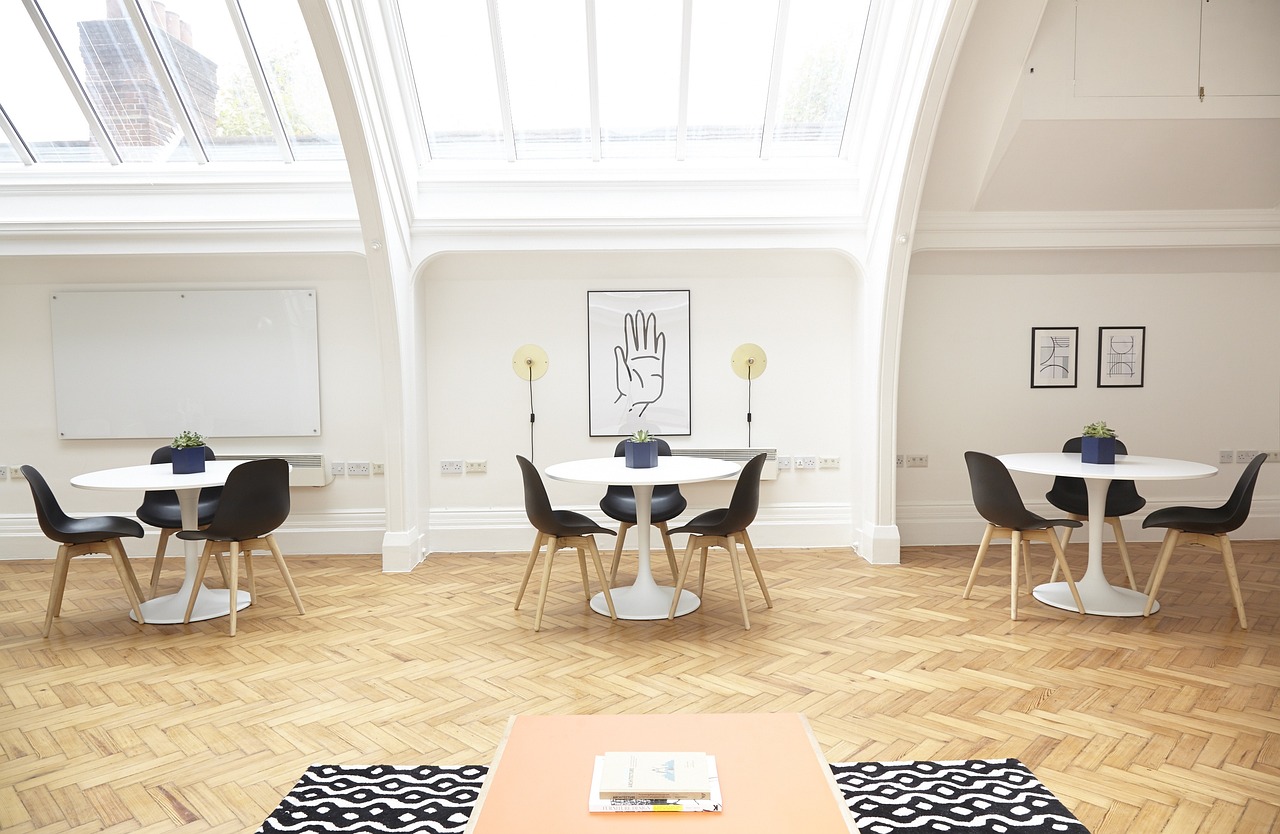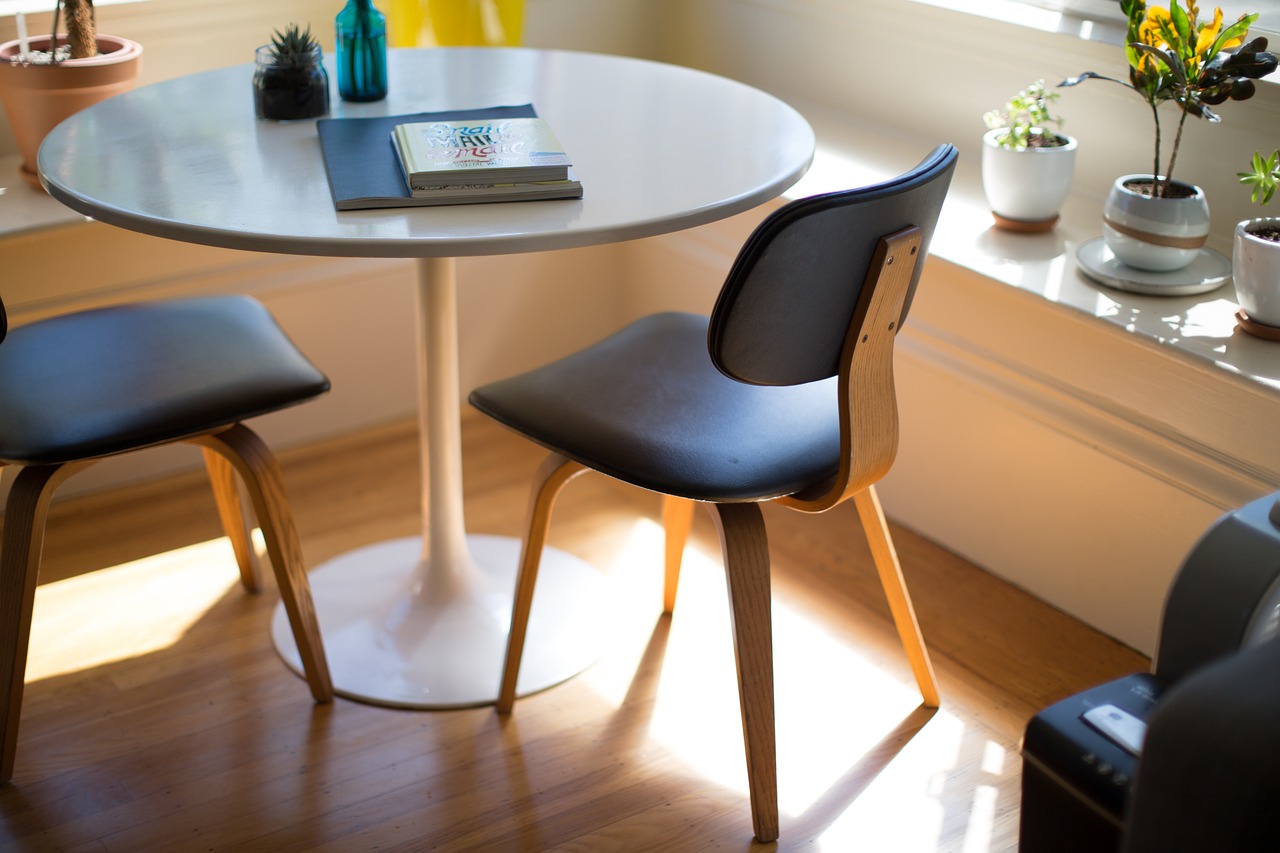Currently Empty: $0.00

Interior design is an evolving art. It changes the space into functional and beautiful. Whether your house, office, or simply a commercial space, mastering the interior design basics can assist you in getting harmony and balance. This is quite an exhaustive book on interior designing. Here’s what you get: tips and tricks and an insight into knowing how to shape your dream room.
What is Interior Design?
Interior design is an art and science, upgrading the inside parts of any given space so as to arrive at more functionally and aesthetically beautiful environments. Interior design combines a sense of creativity and technical prowess so that this inside space does satisfy its users’ needs and wants while also providing safety and fulfillment of building regulations within the geographical location.

Main Principles of Interior Design
For the perfect design, it is imperative to know the main concepts in interior design. They direct the activity such that the outcome will be reasonable and pleasing:
1. Balance
Balance refers to the visual dispersal of weight within a room. There are four methods for obtaining balance in a space.
- Symmetrical Balance: This type is applied to formal spaces. The outcome produces the illusion of a mirror image.
- Asymmetrical Balance: It is a very casual approach. Objects of various sizes and shapes balance each other.
- Radial Balance: An arrangement of elements radiating from a center point.
2. Rhythm
Rhythm in interior design is achieved by the repetition and contrast of movement and flow. This can be achieved by the following:
- Repeating patterns or colors.
- Alternating textures.
- Gradation in size or color.
3. Harmony
A harmonious space will have a unified feel. This can be achieved with a consistent color palette or theme throughout the design.
4. Proportion and Scale
These rules ensure that all elements within the space are proportional to one another and the total room.
5. Focus
All rooms require something to focus interest on, be it art, fire, or accent wall.
The Elements of Interior Design
The elements of interior design are the building blocks that bring a space to life:
1. Space
Learn about positive space and negative space. Positive space is the space inside objects, and negative space is the space between objects
2. Line
Lines suggest a path of travel. Lines describe a space. Lines may be:
- Horizontal: can create a feeling of stability
- Vertical: can create a feeling of height
- Dynamic: lines that run diagonally or in curves add energy
3. Form
Shape. The shape of objects in the room contributes to the overall style. Forms are either geometric or organic.
4. Light
The mood and functionality of a space are affected by natural and artificial lighting. There is layered lighting, which comprises ambient, task, and accent lighting, in a well-lit room.
5. Color
Color elicits emotions and defines the tone of a room. Choose your color palette with some psychology of color.
6. Texture
Texture gives depth and interest. Combining different textures, like smooth and rough surfaces, adds to the sensory experience.
Popular Interior Design Styles
Among those, there are many different designs to choose from, each possessing its own personality:
1. Modern
Characterized by clean lines, neutral color palettes, and minimalist decor.
2. Scandinavian
Combines functionality and coziness, with a focus on natural materials and light.
3. Industrial
Inspired by urban lofts, this style features exposed beams, bricks, and metal accents.
4. Bohemian
This is a carefree and eclectic style that comes with bold colors, patterns, and a mix of vintage and modern pieces.
5. Traditional
This style comes from European decor and features elegant furnishings and ornate details.
Interior Design Tips for Every Space
Living Room
- Choose a comfortable sofa as the centerpiece.
- Layer rugs to add warmth and texture.
- Use mirrors to create an illusion of more space.
Bedroom
- Choose calming hues such as blues and greens.
Invest in great bedding for the luxurious feel.
Add soft lighting to create a soothing ambiance.
Kitchen
- Neutralize with a time-less color palette.
- Under-cabinet lighting installation will be used for functionality
- Clever cabinetry solutions can maximize storage space.
Bathroom
- Materials that are durable can be used like marble or ceramic.
- Add plants to bring in the outdoors.
- Use frameless glass shower enclosures for a more modern look.
The Role of Technology in Interior Design
Technology has changed the interior design game, making it more accessible and efficient:
- 3D Visualization Tools: Finalize the look.
- Smart Home Integration: Make it more functional with voice-controlled systems and automatic lighting.
- Sustainable Design Apps: Assist in the selection of environment-friendly materials.
Hire an Interior Designer or Do It Yourself
Many advantages of hiring a professional interior designer:
- Expertise
- Time-Saving
- Customization
Interior Design Trends 2025
- Breathe in on top with these ideas:
- Maximalism-A bold way using layered textures and lots of colorful paints.
Interior design is more than just being aesthetically pleasing; it’s about enhancing the quality of life. So, with this ultimate guide, we hope to inspire and empower you to make your interiors fabulous, functional, and beautiful environments.


